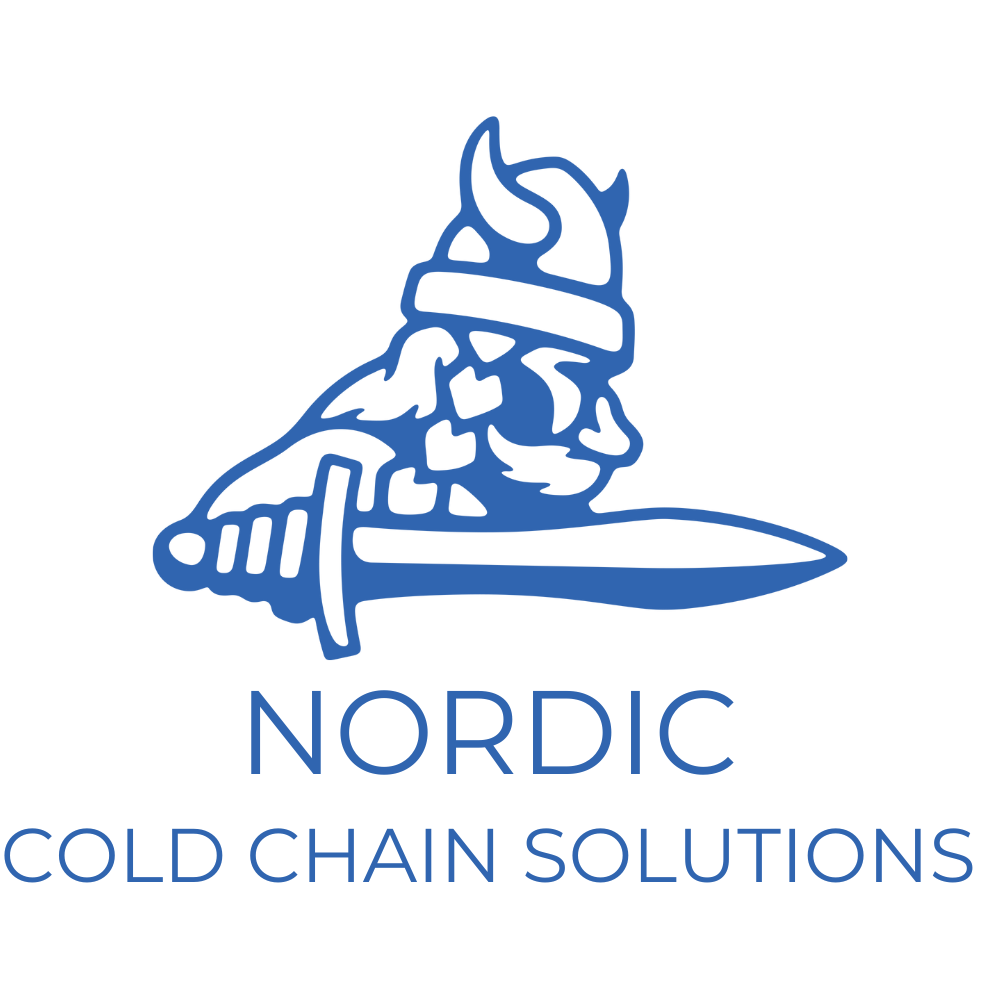How PCMs Work
Phase Change Materials (PCMs) are innovative substances that play a critical role in temperature regulation while transporting goods. These materials absorb and release thermal energy through a phase transition process, typically changing from solid to liquid. This phase transition occurs at specific temperature ranges, allowing PCMs to manage temperature fluctuations effectively.
When the temperature rises, PCMs absorb excess heat and melt. Conversely, when the temperature drops, the PCMs solidify and release the stored energy as heat, maintaining a stable temperature environment.
Different Types of PCMs
PCMs come in various types, each tailored to meet the specific needs of different industries. For instance, certain PCMs are designed to maintain the strict temperature requirements for transporting sensitive medications and vaccines in the pharmaceutical sector. These PCMs ensure that products remain within their required temperature range, preventing degradation and ensuring efficacy upon arrival.
Applications Across Industries
Benefits of Using PCMs in Cold Chain Logistics
The adoption of PCMs in cold chain logistics offers several key advantages:
- Reduced Temperature Fluctuations: PCMs act as thermal buffers, minimizing temperature spikes and drops during transit. This stability is crucial for sensitive products like vaccines, biologics, and perishable foods.
- Extended Product Shelf Life: PCMs maintain consistent temperatures, helping preserve product quality and extend shelf life. This is particularly important for pharmaceuticals and fresh produce.
- Improved Regulatory Compliance: Many industries have strict temperature control regulations. PCMs help ensure products remain within specified temperature ranges, reducing the risk of non-compliance and potential product loss.
- Cost-Effective Solution: While the initial investment may be higher, PCMs can save long-term costs by reducing the need for active cooling systems and minimizing product waste due to temperature excursions.







